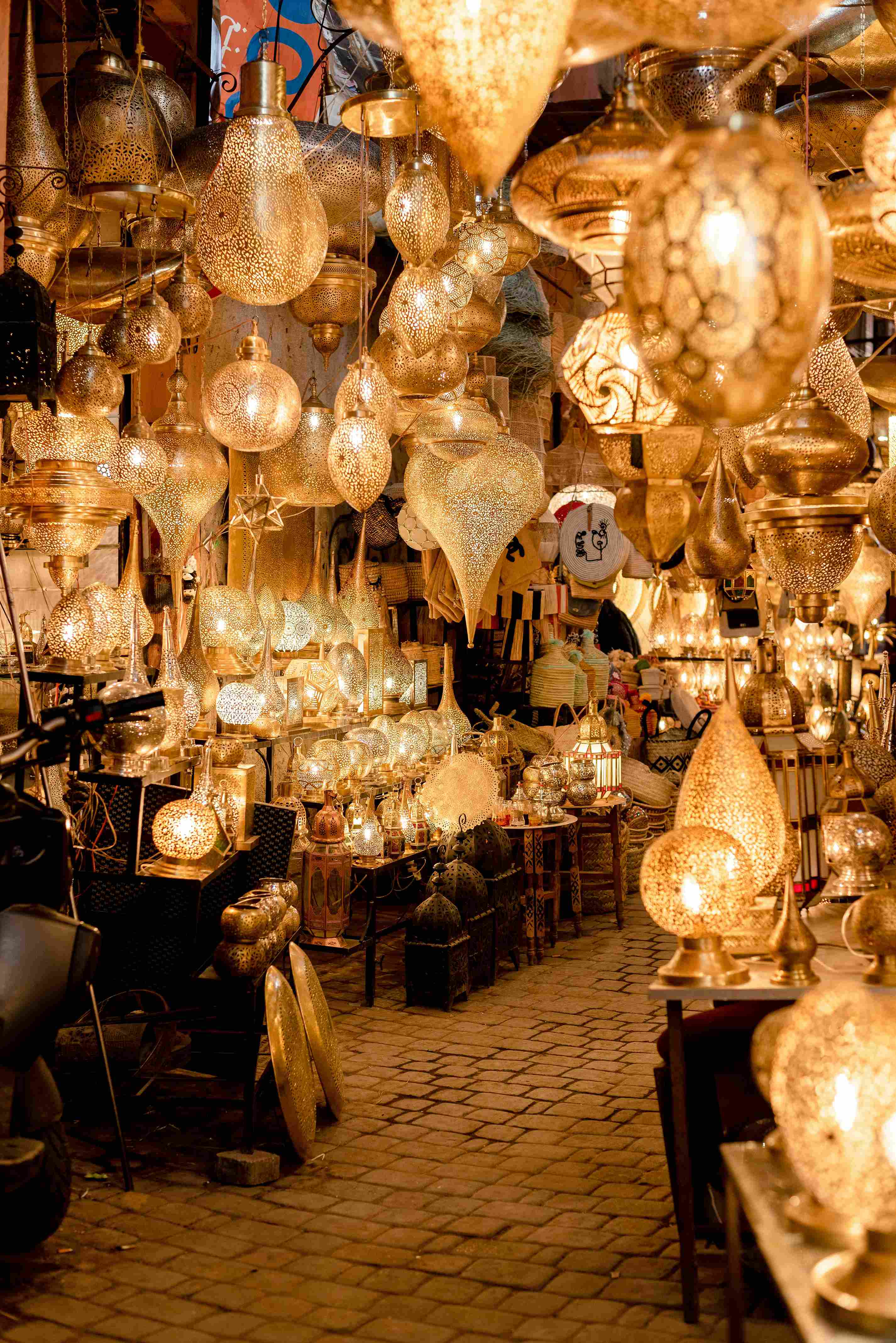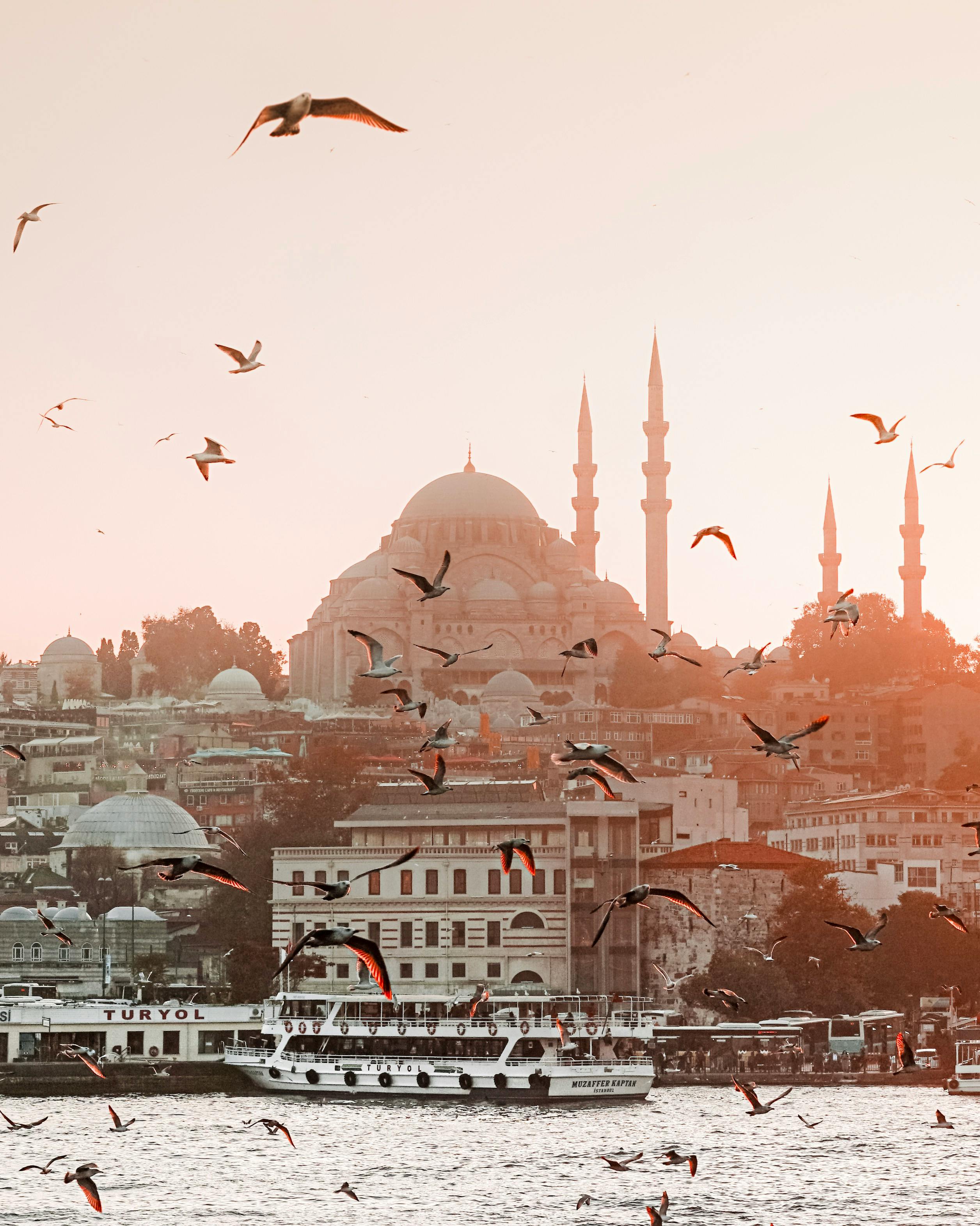The Best Markets in Morocco: Where to Shop for Handcrafted Treasures and Souvenirs
Morocco’s vibrant markets, or souks, are not just places to shop—they are an integral part of the country’s culture and history. Walking through these bustling markets is like stepping into a sensory wonderland, where the air is filled with the aroma of spices, the colors of handcrafted textiles, and the sounds of merchants haggling over prices. From Marrakesh to Fes, each Moroccan city offers its own unique shopping experience, with markets overflowing with exquisite handmade treasures, textiles, pottery, jewelry, and spices.
In this guide, we’ll explore some of the best markets in Morocco where you can find authentic, handcrafted souvenirs that reflect the rich traditions and craftsmanship of the country.
1. Marrakesh Souks: A Shopper’s Paradise in the Red City
Marrakesh is home to one of the most famous and largest souks in Morocco. Located in the heart of the ancient Medina, the Marrakesh souks are a labyrinth of narrow alleys filled with stalls selling everything from intricate jewelry and leather goods to beautiful carpets and spices.
Must-Visit Souks in Marrakesh:
- Souk Semmarine: The main market for textiles, you’ll find vibrant Moroccan rugs, scarves, and traditional clothing here.
- Souk el Attarine: Known for its spices, perfumes, and oils, this market offers a chance to take home aromatic treasures.
- Souk des Teinturiers: Famous for the brightly dyed fabrics and yarns, this souk is a great place to pick up colorful textiles and accessories.
What to Buy:
- Moroccan Carpets and Rugs: Handwoven with intricate designs, each rug tells a story and makes for a timeless souvenir.
- Leather Goods: Marrakesh is known for its high-quality leather items, including bags, slippers (babouches), and jackets.
- Spices: Bring home a taste of Morocco with saffron, cumin, and ras el hanout (a spice blend).
2. Fes Medina: A Historic Market Full of Tradition
The city of Fes, with its ancient medina and winding alleys, is one of the best places in Morocco to find traditional Moroccan handicrafts. The Fes souks are home to centuries-old artisan workshops where skilled craftsmen still produce beautiful goods using ancient techniques.
Must-Visit Souks in Fes:
- Souk el Henna: Famous for natural henna and beauty products, this souk is ideal for finding handmade cosmetics.
- Souk el Attarine: A perfect place to shop for antique brassware, copper, and ceramic items.
- Chouara Tannery: A unique experience, this tannery is one of the oldest in the world. Here, you can watch the traditional process of leather tanning and buy leather products such as bags, shoes, and belts.
What to Buy:
- Pottery and Ceramics: Fes is renowned for its beautiful, hand-painted pottery, especially the famous blue and white designs.
- Brassware: The city is famous for its intricately designed brass trays, lanterns, and other metalwork.
- Leather Goods: Leather from the famous tanneries of Fes is a must-buy, particularly for high-quality bags, wallets, and jackets.
3. Chefchaouen Souks: A Blue City of Unique Finds
Chefchaouen, often referred to as the “Blue City,” is not just a photographer’s paradise—its souks are also a haven for those looking to take home handmade goods in beautiful shades of blue. The city’s relaxed vibe makes shopping here an enjoyable experience, with many local artisans creating and selling their work directly in the markets.
What to Buy:
- Textiles: Chefchaouen is famous for its woven wool blankets, scarves, and shawls, all dyed in the city’s signature blue shades.
- Leather Products: The city offers a wide selection of leather goods, including belts, wallets, and sandals.
- Wooden Crafts: You can find intricate wooden carvings and handcrafted items in the markets, such as boxes, trays, and decorative pieces.
4. Essaouira’s Seaside Souks: Artisanal and Coastal Treasures
Essaouira, a coastal town known for its historic medina and relaxed atmosphere, offers a unique shopping experience. The markets here specialize in artisanal goods, such as woodwork, argan oil products, and jewelry.
Must-Visit Souks in Essaouira:
- Medina Market: A maze of narrow streets lined with shops selling wooden crafts, textiles, and jewelry.
- Place Moulay Hassan: Located near the water, this square is where many local artisans sell their goods, including brightly painted wooden items.
What to Buy:
- Thuya Wood Products: Known for its unique, fragrant wood, you can find everything from boxes to furniture made from thuya wood in Essaouira.
- Argan Oil: Widely regarded for its skincare and cosmetic benefits, authentic argan oil is a must-buy in Essaouira.
- Handmade Jewelry: Look for silver jewelry with local designs, often featuring intricate Berber patterns.
5. Marrakech’s Jewish Quarter: Hidden Gems and Antique Treasures
In the Jewish Quarter of Marrakesh, you’ll find a unique market offering a variety of antique items, vintage goods, and traditional Moroccan artifacts. These souks have a different feel compared to the main markets, with a quieter and more laid-back atmosphere.
What to Buy:
- Antiques and Collectibles: Browse through antique shops selling old coins, jewelry, and even vintage furniture.
- Traditional Moroccan Artifacts: Look for unique home décor items like brass lamps, decorative tiles, and vintage textiles.
6. Tangier Souks: Gateway to Morocco’s Northern Markets
Tangier, located on Morocco’s northern coast, offers a blend of European and Moroccan influences, which is reflected in its markets. The city’s souks sell a wide range of goods, from spices and textiles to leather goods and local art.
What to Buy:
- Spices and Herbs: Tangier markets are famous for their wide selection of spices and medicinal herbs, perfect for those wanting to take home the flavors of Morocco.
- Tangerine Products: Don’t miss out on buying local tangerine-scented products, including perfumes, soaps, and oils.
Tips for Shopping in Moroccan Markets:
- Haggling: Bargaining is part of the shopping experience in Morocco. Start by offering a price lower than what you’re willing to pay, and work your way up.
- Cash: Most shops in the souks only accept cash, so it’s a good idea to carry dirhams (MAD), Morocco’s local currency.
- Be Aware of Scams: While the majority of vendors are honest, be cautious of overly aggressive salespeople or inflated prices. If you feel uncomfortable, it’s okay to walk away.
Conclusion: Souvenir Shopping in Morocco
Shopping in Morocco’s markets is an unforgettable experience. From the colorful souks of Marrakesh and Fes to the artisan workshops of Essaouira and Chefchaouen, the country’s markets offer a treasure trove of handmade goods that reflect the country’s rich cultural heritage. Whether you’re hunting for a handwoven rug, intricate brasswork, or a bottle of fragrant argan oil, the markets of Morocco are the perfect place to pick up unique souvenirs that will remind you of your Moroccan adventure for years to come.
Read more

